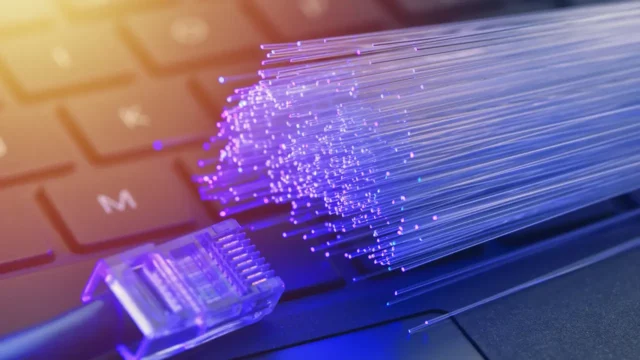In an era where the digital currency market is booming, the advent of advanced Artificial Intelligence (AI) models, sophisticated algorithms, and cutting-edge GPU/CPU technologies is bringing a glimmer of hope to the daunting challenge of recovering billions of dollars in lost digital assets. With the cryptocurrency market’s expansion comes an increase in both the diversity and complexity of these assets, paralleling a rise in the number of assets that become inaccessible due to factors such as forgotten passwords, hardware malfunctions, and the unfortunate demise of the asset holders.
Recent estimates suggest that a staggering sum of digital currency, amounting to hundreds of billions of dollars, is currently stranded in limbo. Research indicates that approximately six million of Bitcoin’s total 21 million supply is unaccounted for, with another study revealing that 29 percent of Bitcoin has remained stagnant over the past five years. This stagnation can be attributed to long-term investments and forgotten assets alike, highlighting the critical need for effective recovery solutions.
However, the scenario is far from bleak. Continuous advancements in technology are paving the way for the development of novel methods aimed at reclaiming lost, forgotten, or otherwise inaccessible digital assets. Crypto wallet recovery services are now more equipped than ever, offering assistance to users regardless of their account balance, specializing in the retrieval of lost Bitcoin or Ethereum from both software and hardware wallets.
Harnessing Advanced AI for Crypto Recovery
At the core of these recovery efforts are AI models, which leverage machine learning to sift through extensive datasets in search of patterns that could predict the most likely passwords and encryption keys. One such groundbreaking AI model, PASS-GPT, builds upon OpenAI’s GPT-2 framework to offer a 20% improvement in password-guessing capabilities over its predecessors. Through a technique known as progressive sampling, PASS-GPT excels in generating complex passwords and evaluating their strengths and weaknesses, thereby showcasing its potential in aiding crypto recovery operations.
The Role of Modern GPUs and CPUs
The hardware that drives these innovative recovery strategies is just as crucial. The advent of faster GPUs and CPUs has significantly enhanced the computational power available for these tasks, facilitating more efficient brute-force attacks. GPUs, in particular, are preferred for their ability to perform a multitude of simple calculations in parallel, making them ideal for cryptographic computations and brute-force scenarios. CPUs, while not as adept at parallel processing, are better suited for handling memory-intensive encryption algorithms like SCRYPT, which are designed to be computationally demanding to thwart large-scale custom hardware attacks.
Navigating Algorithmic Innovations and Side-channel Attacks
Algorithmic innovations are vital in boosting the decryption capabilities of recovery services, optimizing them for hardware with increasingly faster speeds and capacities. However, these advancements also usher in challenges, such as side-channel attacks, which exploit the physical execution of algorithms to breach security. Techniques like observing power consumption and electromagnetic radiation, coupled with electronic glitching of devices, pose a significant threat, particularly to hardware wallets like Trezor or Keepkey.
Despite these challenges, the industry’s relentless pursuit of technical excellence, legal expertise, and customer-centric approaches continues to enhance the prospects of successfully recovering lost digital assets. As technology evolves, so too does the hope for countless individuals and entities seeking to reclaim what was once thought irretrievably lost.














